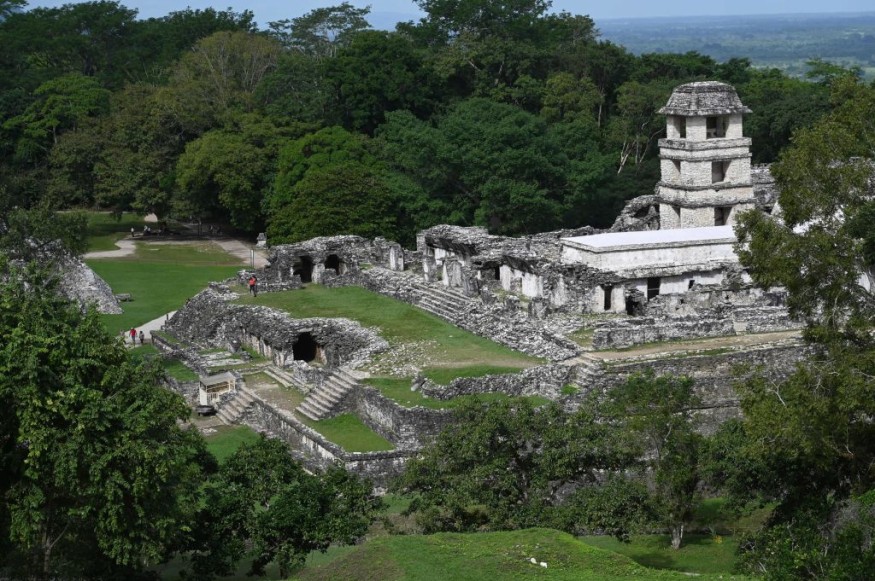
Experts have examined 800 years of antiquity to presume that dry spell might have destroyed Mayapan, the city of diplomacy and background for the Maya citizens of the Yucatán Peninsula in the 13th and 14th centuries CE.
Climate Change During Ancient Maya
As per the academics, the famine would have caused bloody strife, which had resulted in administrative breakdown.
The latest research posted under the journal of Nature Communications not only provides researchers with fresh insights into the background of these early humans, but it also serves as a reminder on how global warming may swiftly impose strains on even the most well-established and rich societies.
Furthermore, the authors concluded in their public report that the large amounts of evidence show that military strife grew dramatically around 1400 and 1450 CE, and linear regression analysis links warfare in the metropolis with dry weather.
While studies propose that protracted famine exacerbated competing regional conflicts, yet future modifications demonstrate region-scale durability, guaranteeing that Maya government and economy survived through European encounter in the beginning of 16th century CE.
The researchers had a large number of previous datasets to deal with, which included urban growth, modern dietary habits, and weather patterns. This data has been supplemented by a fresh examination of human remains for indicators of severe damage.
Moreover, Flipboard recently posted that there were associations amongst increasing precipitation and high birth rates in the territory, as well as following drops in monsoon and growing tension. According to the scholars, the departure of Mayapan was most probably caused by a severe drought between 1400 and 1450 CE.
As shown in the recent findings, a scarcity of irrigation would have hampered farming methods and trading channels, placing a pressure on the residents of Mayapan. Individuals perished or fled when food became limited and the circumstances became increasingly perilous.
Also read : Three Wild Bisons Set Free to Roam Around Britain for the First Time in Thousands of Years
Ancient Maya's Drought
The scientists believe that several of the bones in the penultimate burial site excavated until the metropolis was evacuated related to relatives of the Cocoms (the leaders of government) - a brutal finish spurred on by opposing groups and societal turmoil.
Science Alert reported that the results supported Mayapan's legendary governmental implosion respectively 1441 and 1461 CE, which was the result of violent strife motivated by governmental competition and desire, and which was ingrained in the collective cognition of Yucatecan citizens whose witness statements joined the complete account of the early Colonial Period.
People reactions to ecological constraints including such dry spell are plainly complicated, depending by place and age - there are many aspects to examine when understanding why previous populations performed the way they did.
The influx of immigrants to certain other sections of the Yucatán Peninsula, such as flourishing seaside areas and fully sovereign townships, aided the Maya society's survival upon the collapse of Mayapan - and there was tiny scientific proof of dispute among these territories prior to Spanish regime.
The academics credit this to a adaptable system of human-environmental modifications, yet adjustments could only take you so far. These similar places, together with the entire world, are now confronted with a new climatic catastrophe, as per PNAS.
The experts add that the historical and archaeological data are very well adapted for assessing previous social repercussions of climatic crises across time constant.
The Maya area has the scope and depth of archeological, anthropological, as well as climatic data required to explore links among societal transformation and changing environmental circumstances.
Related article : Ancient 1.4 Million-Year-Old Jawbone from Spain may be the Oldest Known Ancient Human
© 2025 NatureWorldNews.com All rights reserved. Do not reproduce without permission.





